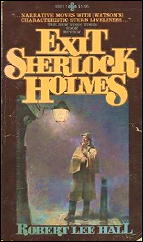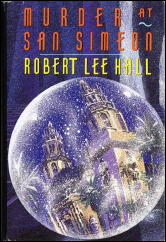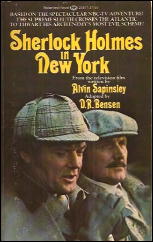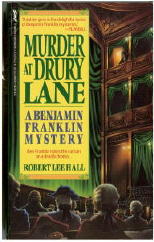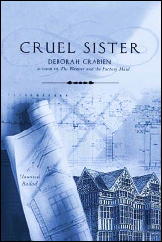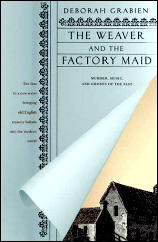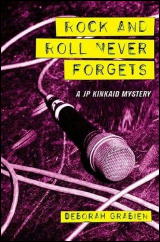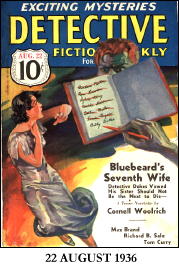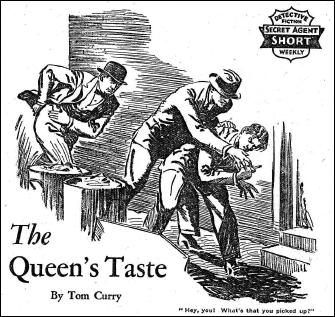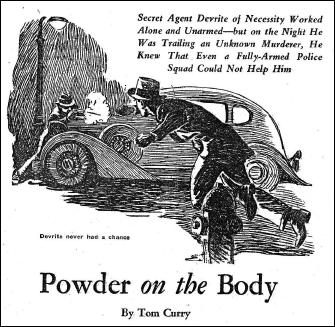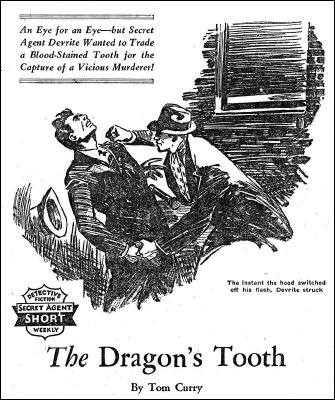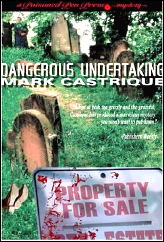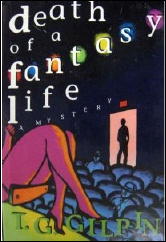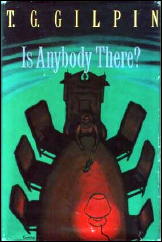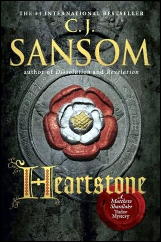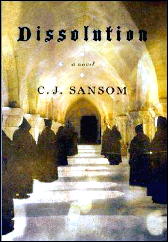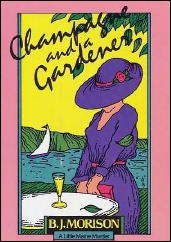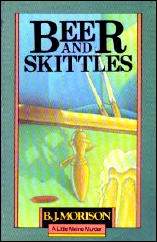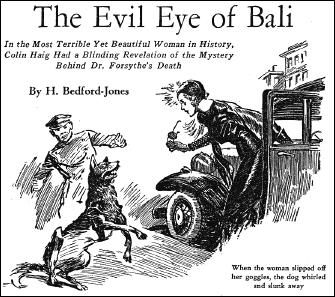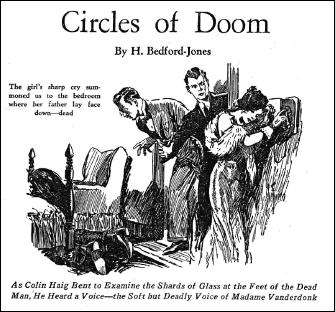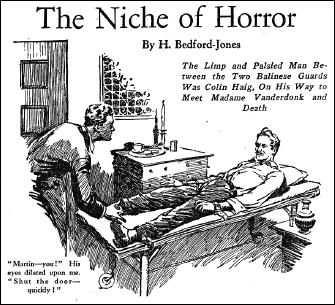Fri 15 Jul 2011
Archived Review: LESLIE CAINE – Manor of Death.
Posted by Steve under Authors , Bibliographies, Lists & Checklists , Reviews[4] Comments
LESLIE CAINE – Manor of Death. Dell, paperback original; 1st printing, February 2006.
I do my best to keep up to date with all of the mysteries that come out every month, or at least those that come out in paperback. Honest, I do. I buy almost all of them, but I have to confess, at 30 or so a month, that averages out to a book a day, and in my reclining years it takes me two or three days to read a detective novel, and those are on the good days. You do the math.
And there are all of the older books in this house to be read. This book by Leslie Caine came out in February, and it’s being reviewed in February. Can I keep this up? We will have to see. I’ll give it my best shot, but I will also promise you this: No promises.
There are two previous books in Caine’s “Domestic Bliss†series, namely:
Death by Inferior Design. Dell, pbo, October 2004.
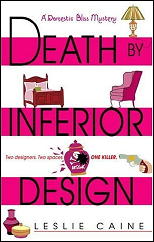
False Premises. Dell, pbo, June 2005.
Take a look at the short amount of time between these three books. And do you know what else? All of the books are nearly 400 pages long. The lady writes faster than I can read, and I’m not kidding.
Here’s a quick recap of the series, using Amazon.com as a guide. In Inferior Design, in trying to determine which of three couples are her real parents, two sets of which end up being killed – can that be right? – home decorator/designer (and primary series character) Erin Gilbert ends up nearly being murdered herself.
In Premises, Erin finds that the antiques that she has used to decorate a wealthy client’s home have all been replaced by fakes.
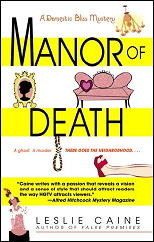
Her “nemesis†in these three books, if you care to call him that, segueing into Manor of Death now as well, is her primary competitor in Crestwood CO, Steve Sullivan. (If you don’t get the play on names, let me be blatant about it.) Sullivan is, of course, also a strong quasi-romantic interest in the stories as well.
The major events in Manor occur in the house next door to the one where Erin is currently renting living space for her and her cat. It seems as though the ghost of a young girl who fell, committed suicide, or was murdered forty years ago has now come back and is haunting the present inhabitants. Erin’s involvement is ensured by the fact that she has been hired to remodel the house, including the girl’s former room and the upstairs tower from which she met her death.
Erin, who tells the story in first person singular, is appropriately smart and sassy, but the pacing is oddly off. The opening premise runs on to great length, with only the ghostly happenings (supposedly) and a seance to keep one’s interest alive.
Or, and this is entirely possible, my interest, at least. With home decorating such a powerfully significant part of Erin’s life, you might question whether or not I am among the intended readership for this book, and that would probably be a fair inquiry to make, if you were to make it.
On page 106, there is at last a death to investigate. By this time in the series Erin has become a good friend with the primary investigating officer (female and in no way competition for Sullivan), and as good friends do, the police politely make themselves (relatively) scarce. This allows Gilbert and Sullivan to combine forces and dig up the necessary clues from the past – high school yearbooks and the like – on their own.
By page 273 the story has finally started to move into higher gear. I went along for the ride, but to tell you the truth, by that time all of the squabbling neighbors and their ofttimes trifling concerns had largely taken their toll on me.
The mystery is not bad. The problem is that it’s too small for the book. I’ll take that back. That was my problem, possibly gender based, and it may not necessarily be yours.
[UPDATE] 07-15-11. First of all, there have been several more books in the series. Most series these days end after three. With seven in total, I believe this one may easily be called successful:
4. Killed by Clutter (2007)
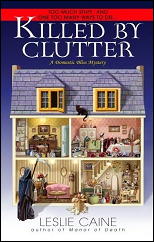
5. Fatal Feng Shui (2007)
6. Poisoned by Gilt (2008)
7. Holly and Homicide (2009)
There has been a gap between 2009 and now, however, and with nothing in the pipeline, as far as I’ve been able to discover, this “Domestic Bliss” series may have succumbed to declining sales and/or the general overall malaise in the mass market paperback mystery business.
Under her own name, Leslie O’Kane, the author has also written seven books about Molly Masters (1996-2002), a greeting card designer (or cartoonist — I am not clear about this) and three books about Allie Babcock (1998-2002), a dog therapist.
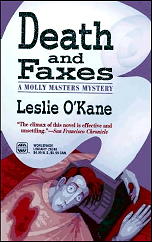
I can’t tell you for sure whether or not I bought all of O’Kane’s books, either as herself or as Leslie Caine, but I may have quite a high percentage of them, although the ones about the greeting card designer are kind of iffy. And now that I think about it, the ones about the dog therapist are even iffier.
As I said in my review, these modern day cozies are not meant for male readers. And now, some five years after I wrote the review above, the bulk of mass market paperback mysteries are this kind of book (up to ninety percent?). By this kind of book, I mean those involving hobbies (quilting), small unique kinds of businesses or occupations (herb shops), animal trainers (cat sitters) and the like.
It’s been quite easy to go into Borders these past few months and come out empty-handed. My problem of buying too many mysteries has been solved for me.
At which point my wife would be laughing at me, if she were ever to read that last statement. There are still many mysteries published in hardcover and trade paperback quite worthy of attention, even if they aren’t sold in Borders, and online they can usually be obtained at huge discounts, especially if you’re willing to wait a while.
And there are older mysteries which I do not yet own, and many of them can also be obtained inexpensively online. And so I do.
